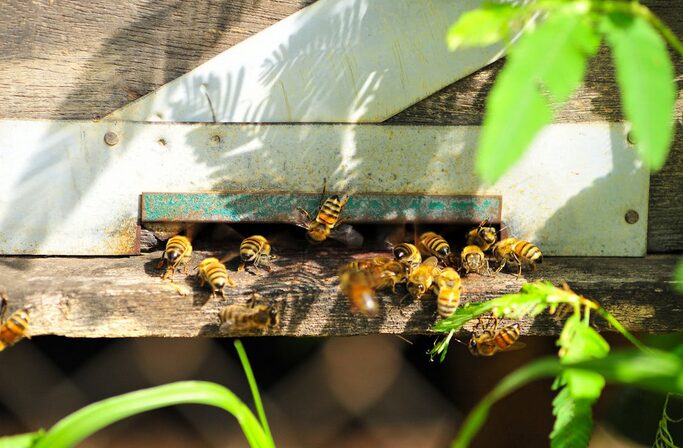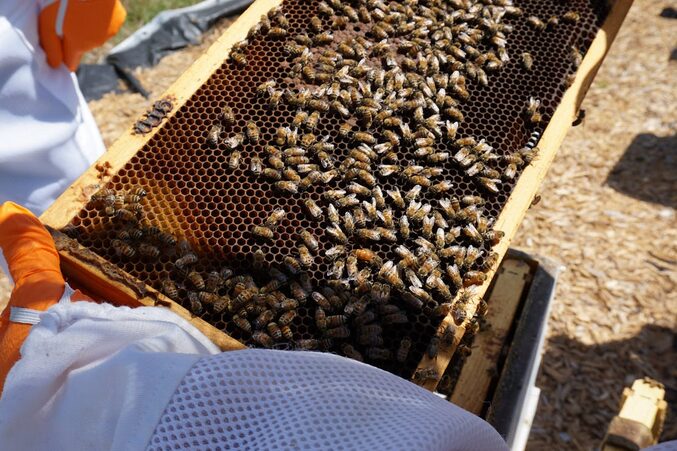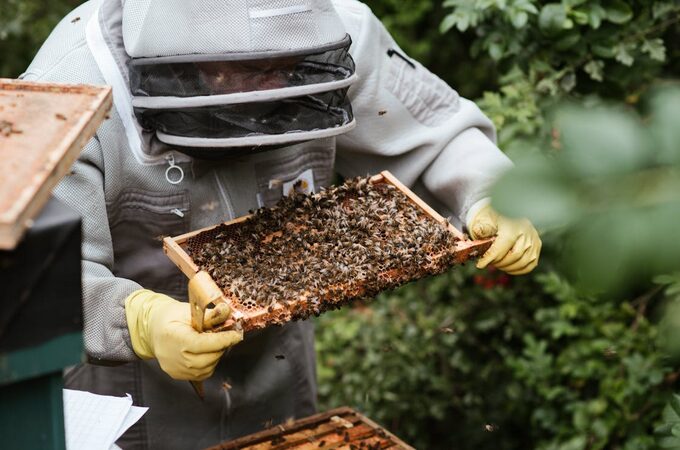Beekeeping is a rewarding practice, but success often hinges on selecting the right bees for your specific climate. Different bee species and strains thrive under varying weather conditions, and choosing the wrong type can lead to poor honey production or even colony loss. Whether you live in a humid coastal region or a dry inland area, understanding the needs of your local environment is key to maintaining a healthy hive. Equally important is having access to quality beekeeping supplies, or Imkereibedarf, which support the bees’ health and productivity throughout the year. With the right bees and equipment, you’ll be better prepared for a thriving apiary. Here are some pointers worth considering.
Understand Your Local Climate Patterns

Before selecting a bee breed, take a close look at your region’s weather. Are winters long and harsh? Do summers reach extreme heat or humidity? Is rainfall abundant or scarce? Knowing the seasonal highs and lows helps you determine which bees are most likely to thrive. Local extension services or experienced beekeepers in your area can often provide insights into regional weather patterns and what has worked best historically.
Cold Climates Require Hardy Bees
If you live in a region with frigid winters, choose bees known for their overwintering abilities. Carniolan bees are a popular choice for cold areas. They cluster tightly in winter, conserving heat and requiring less food. Their ability to adjust brood production to available forage also helps them manage resources more efficiently. Russian bees are another solid option for colder climates, having been bred specifically for resistance to harsh conditions and common pests like Varroa mites.

Warm Climates Favor Active Foragers
For those in warmer climates, Italian bees often come out on top. These bees are known for their gentle behavior, high honey yield, and long foraging season. They don’t cluster as tightly in winter, which makes them less suited for cold areas but ideal for places with mild to hot temperatures. Africanized honeybees also thrive in hot environments but are not recommended for novice beekeepers due to their defensive nature.
Match Temperament to Your Management Style
Climate isn’t the only factor to consider. Bee temperament plays a role, too. Some breeds are more docile and easy to manage, while others can be more defensive, especially under stress. If you’re in a suburban or urban setting, or if you’re new to beekeeping, it’s generally best to choose gentle bees like Italians or Buckfasts. These are less likely to become agitated and are easier to work with during hive inspections.
Local Bees May Be Best

One of the best ways to ensure climate compatibility is to source bees locally. Local bees have already adapted to the conditions in your area and are more likely to survive and thrive. Many local beekeepers or bee breeders offer nucleus colonies or queens raised in your specific climate. This reduces stress on the bees and increases their chances of long-term success.
Choosing the right bees for your climate is an essential foundation for sustainable and productive beekeeping. By considering your local weather patterns, matching the bees’ strengths to your region, and opting for breeds with the right temperament, you can set yourself—and your hives—up for success. Whether you’re dealing with icy winters or tropical heat, there’s a bee variety suited to your needs, ready to bring both joy and honey to your beekeeping journey.…

